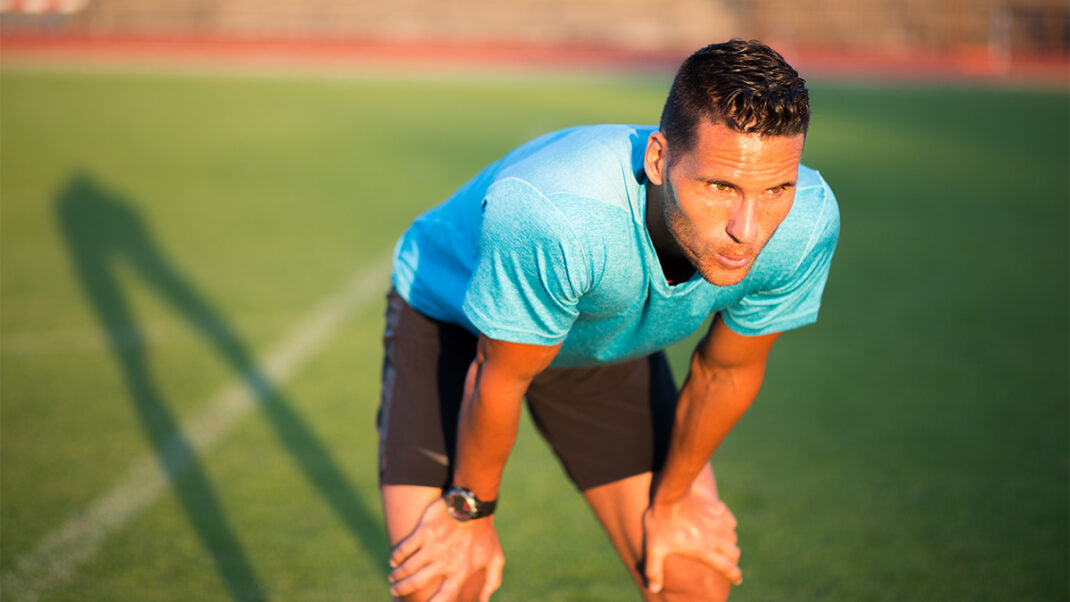Exercising in the Heat
How to Stay Safe and Keep Moving Without a Gym

The Heat Doesn’t Have to Halt Your Fitness
When summer temperatures soar, exercising outdoors can become challenging—or even dangerous—if you’re not prepared. Heat and humidity place extra stress on the body, increasing the risk of dehydration, heat exhaustion, and heatstroke. But that doesn’t mean you need to stop moving entirely. With proper precautions and a little creativity, you can continue to stay active safely, even without access to an air-conditioned gym.
This article outlines how to exercise safely in the heat, offers guidance on recognizing warning signs of heat-related illnesses, and provides practical alternatives for staying fit in hot weather—all designed to help the general public stay healthy, energized, and injury-free.
How Heat Affects the Body During Exercise
When you work out in hot weather, your body has to work harder to cool itself. Sweating helps regulate body temperature, but it also leads to the loss of fluids and electrolytes. High humidity can make this worse by slowing down evaporation, the body’s natural cooling process. As internal temperatures rise, your heart rate increases, and performance may decline more quickly than usual.
According to the Centers for Disease Control and Prevention (CDC, 2022), exercising in extreme heat can result in heat exhaustion—characterized by heavy sweating, dizziness, nausea, and muscle cramps—or the more dangerous heatstroke, which requires immediate medical attention.
Tips for Exercising Safely in Hot Weather
1. Choose the Right Time of Day
Early morning or late evening are the coolest parts of the day. Plan outdoor workouts during these windows to avoid peak temperatures and direct sun exposure. Midday sun (between 10 a.m. and 4 p.m.) is typically the harshest and should be avoided whenever possible.
2. Hydrate Before, During, and After
Hydration is critical. Drink water consistently throughout the day, not just during your workout. If you’re exercising for longer than an hour or in very high temperatures, consider a beverage with electrolytes to replace lost sodium and potassium. The American College of Sports Medicine (ACSM, 2021) recommends drinking 16–20 ounces of water two to three hours before exercise and 7–10 ounces every 10–20 minutes during activity.
3. Dress Light and Smart
Wear lightweight, loose-fitting clothing made of moisture-wicking fabrics that help sweat evaporate. Light-colored clothing reflects sunlight better than dark colors. A breathable hat and UV-protection sunglasses can also help protect your head and eyes.
4. Listen to Your Body
It’s important to pay attention to signs of overheating. If you feel dizzy, faint, confused, nauseated, or excessively fatigued, stop exercising immediately and move to a cooler area. Rest, hydrate, and seek medical help if symptoms persist. Gradually adapting your body to higher temperatures—a process known as heat acclimatization—can also help improve tolerance over time.

Alternative Exercises Without a Gym
If it’s too hot to safely exercise outdoors and you don’t have access to a gym, there are still plenty of ways to stay active indoors or in shaded, cooler environments.
At-Home Bodyweight Workouts
You don’t need fancy equipment to get a full-body workout. Try circuits that include squats, lunges, push-ups, planks, and jumping jacks. These exercises can be modified to match your fitness level and done in small spaces.
Use Online Fitness Resources
Streaming fitness classes, apps, or YouTube videos offer guided workouts in yoga, strength training, HIIT, and more. Look for instructors certified by reputable organizations to ensure quality and safety.
Indoor Walking or Stair Climbing
If you have stairs at home or in a building, climbing them is an excellent way to get your heart rate up. Walking laps inside large indoor spaces, such as malls or community centers, can also provide safe cardio.
Swimming or Water Aerobics
If you have access to a pool, swimming is a great low-impact option that naturally cools the body while offering resistance-based exercise. Water aerobics and gentle water movements can help improve strength, flexibility, and cardiovascular fitness without overheating.
Stretching and Mobility Work
Don’t overlook the importance of flexibility. Gentle stretching, mobility drills, or foam rolling can be beneficial on hot days when intense workouts aren’t advisable. These activities help with muscle recovery and injury prevention.
Stay Active, Stay Cool, Stay Safe
Exercising during the summer requires a smart and flexible approach. By taking precautions, staying hydrated, and adjusting your workout schedule, you can continue to enjoy the physical and mental benefits of movement—even in high heat. And when the weather simply doesn’t cooperate, there are plenty of effective alternatives to keep your fitness routine alive indoors.
Remember, the goal is not to push through the heat, but to adapt wisely so that your health and safety come first. Staying active is a lifelong journey—and part of that journey means learning to move smart, no matter the weather.
References
American College of Sports Medicine (ACSM). (2021). ACSM’s Guidelines for Exercise Testing and Prescription (11th ed.). Lippincott Williams & Wilkins.
Centers for Disease Control and Prevention (CDC). (2022). Extreme Heat: Heat-Related Illness. https://www.cdc.gov/disasters/extremeheat/heattips.html


